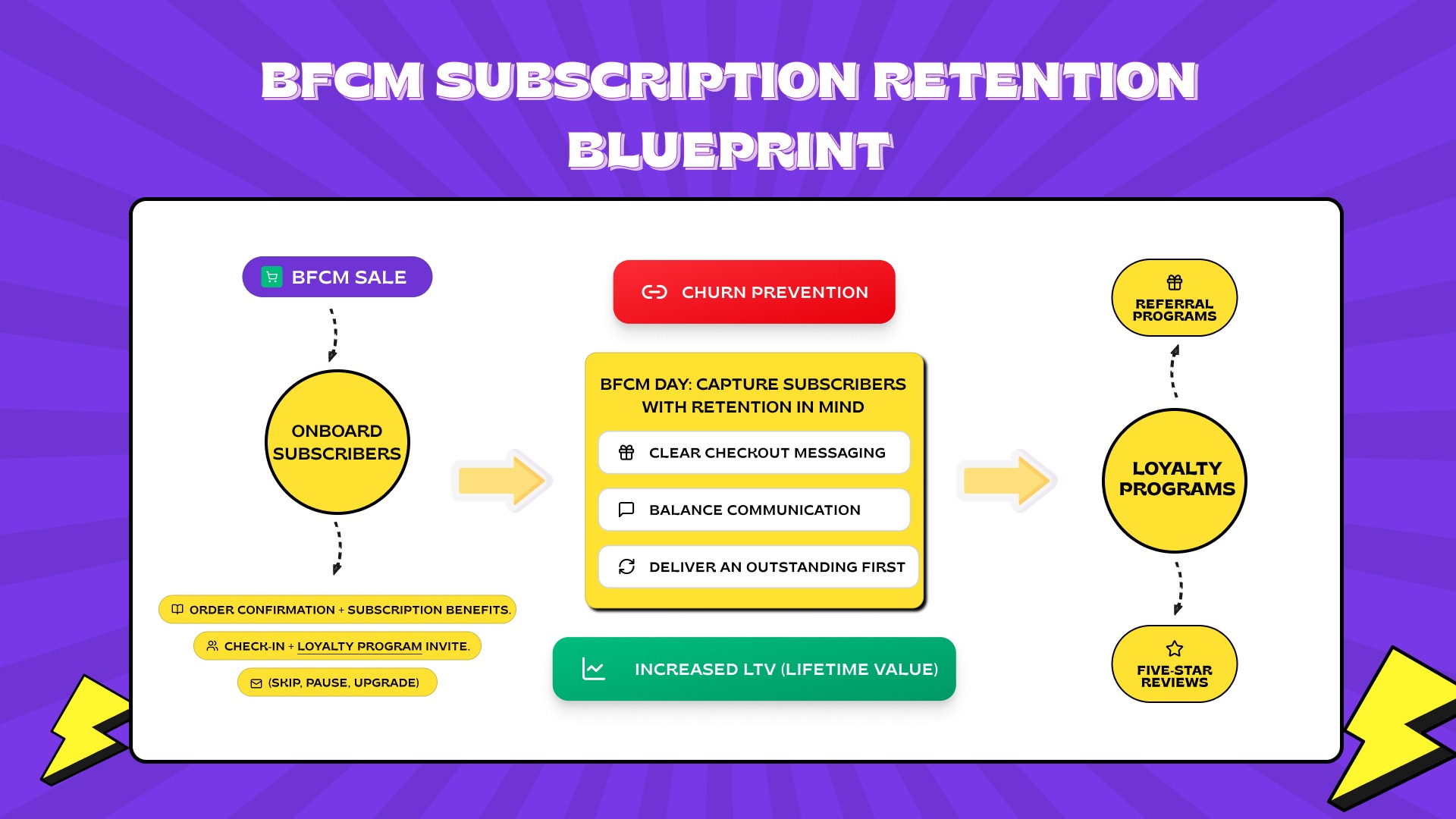
Understanding Gross Merchandise Value (GMV) in Subscription-Based Models
Published On: April 4, 2025 - 7 min read
If you are part of the e-commerce industry or running a subscription-based business or just curious about how these models work, you have probably come across the term Gross Merchandise Value (GMV). It is one of those trendy terms that is used frequently, especially in e-commerce and subscription based business. But what does it actually mean, and why is it important for you? In this blog, we will explain it all down for you in simple terms. We will explore what GMV is, why it is important in subscription services, how to calculate it, and even some insider tips to improve it. Plus, we will share some real world examples and latest trends to keep you updated. Let’s get started!
What is Gross Merchandise Value (GMV)?
Let’s begin with the basics. Gross Merchandise Value or GMV, is the total value of goods or services sold through a platform over a specific period of time—before any fees, discounts, or refunds are subtracted. In easy words it’s the total amount of money coming into your business before any costs or expenses are taken out.
In traditional e-commerce, GMV is easy to understand. If you sell $1,000 worth of clothes on your online store in a month, that’s your GMV. But here’s where it gets interesting: in subscription-based models—like streaming services, software-as-a-service (SaaS), or meal kit deliveries—GMV takes on a slightly different flavor. It’s not just about one-time sales; it’s about recurring transactions over time. For example, if 100 customers pay $10 a month for your subscription box, your monthly GMV is $1,000. Simple, right? But there’s so much more to explore, especially when you’re dealing with subscriptions.
The Importance of GMV in Subscription-Based Businesses
So, why should you care about GMV if you’re running a subscription business? Well, it’s like the heartbeat of your operation. GMV gives you a quick snapshot of the total sales activity generated by your subscribers. It’s a key indicator of growth, scale, and market demand—especially in a world where the subscription economy is booming.
Here’s a fun fact: the subscription economy is expected to hit $900 billion by 2026, up from $487.0 billion in 2024. That’s a massive jump! Whether you’re in SaaS, streaming, or e-commerce, GMV helps you gauge how well your business is tapping into this explosive growth. It’s not just about bragging rights either—investors and stakeholders love seeing a healthy GMV because it signals potential, even if it’s not the full picture of profitability (more on that later).
For subscription businesses, GMV also reflects customer engagement. A rising GMV means more people are signing up, sticking around, or upgrading their plans. It’s a sign that your service is resonating with your audience—something every business owner dreams of!
Calculating GMV in Subscription Models
Now, let’s get practical. How do you actually calculate GMV in a subscription-based model? The formula is pretty simple:
- GMV = Number of Subscribers × Subscription Price × Billing Period
Let’s break it down with an example. Imagine you run a fitness app with 500 subscribers, each paying $20 per month. Your monthly GMV would be:
- GMV = 500 × $20 = $10,000
If you bill annually instead, and the annual fee is $200, your yearly GMV would be:
- GMV = 500 × $200 = $100,000
Easy, right? But here’s the catch: GMV doesn’t account for cancellations, refunds, or discounts. If 50 of those subscribers cancel mid-month, your GMV still shows $10,000, even though you didn’t pocket all of it. That’s why it’s a “gross” figure—it’s the big-picture number before the nitty-gritty details.
Factors Influencing GMV in Subscriptions
Several factors can make your GMV soar or sink. Here are the big ones to watch:
- Pricing Strategies: Offering tiered plans (basic, premium, elite) can boost GMV by encouraging subscribers to spend more. For instance, 63% of consumers prefer monthly payments over annual fees, so flexibility here is key.
- Customer Acquisition: The more subscribers you bring in, the higher your GMV. Gen Z and millennials, who make up 70% of subscription users aged 18–44, are prime targets.
- Retention: Keeping subscribers happy is crucial. With serial churners on the rise, personalized experiences can stop them from jumping ship.
- Upsells and Add-Ons: Selling extras—like a premium feature or bonus content—can bump up that GMV fast.
These elements are like levers you can pull to grow your business. The trick is finding the right balance!
Advantages of Monitoring GMV in Subscription Services
Tracking GMV isn’t just a numbers game—it’s a goldmine of insights. Here’s why keeping an eye on it pays off:
- Growth Tracking: A rising GMV shows your business is scaling. Subscription businesses grew over 437% between 2012 and 2021—way faster than traditional companies—so this metric helps you see if you’re keeping up.
- Performance Benchmarking: Compare your GMV to competitors or past performance to spot trends and set goals.
- Investor Appeal: A strong GMV can make your business look attractive to investors, even if profits are still catching up.
- Customer Insights: A dip in GMV might signal churn issues, prompting you to tweak your offerings or improve retention.
In short, GMV is like a compass—it points you in the right direction and helps you navigate the wild world of subscriptions.
Limitations of GMV as a Standalone Metric
Hold on a second—let’s look at the other side of the story. GMV is awesome, but it’s not perfect. It’s a topline number, meaning it doesn’t tell you about costs, refunds, or actual profits. For example, a $10,000 GMV sounds great—until you realize $3,000 went to refunds and $4,000 to marketing. Suddenly, your take-home cash isn’t so impressive.
That’s why relying on GMV alone is like judging a book by its cover. It’s a starting point, not the whole story. To really understand your business’s health, you need to pair it with other metrics.
Complementary Metrics to GMV
Here are some must-know metrics to complement GMV:
- Monthly Recurring Revenue (MRR): This tracks predictable revenue from active subscribers. If your GMV is $10,000 but MRR is steady at $8,000, you’ve got a solid base.
- Customer Lifetime Value (CLV): How much is each subscriber worth over time? A healthy CLV-to-CAC (Customer Acquisition Cost) ratio is 3:1—meaning you earn three times what you spend to get them.
- Churn Rate: If subscribers are leaving faster than you can sign them up, your GMV might look good on paper but hide bigger problems.
Together, these metrics give you a 360-degree view of your subscription business—way beyond what GMV can do alone.
Strategies to Enhance GMV in Subscription Models
Want to pump up your GMV? Here are some actionable strategies to try:
- Upselling: Encourage subscribers to upgrade to higher tiers. Netflix does this brilliantly with its Standard and Premium plans.
- Cross-Selling: Offer add-ons like extra features or products. A meal kit service might toss in a dessert option for a few bucks more.
- Retention Boosters: Use hyper-personalization—think AI-driven recommendations like Spotify’s playlists—to keep subscribers hooked.
- Trial Optimization: With trial-to-paid conversions dropping from 60% in 2020 to 50% in 2023, make trials irresistible with killer onboarding.
These tactics don’t just grow GMV—they build a loyal customer base, which is the real secret sauce of subscription success.
Case Studies: Successful GMV Optimization in Subscription Businesses
Let’s look at some real-world wins:
- Spotify: By leaning into hyper-personalized playlists and upselling Premium plans, Spotify’s GMV has soared alongside its 600 million+ users. Their focus on retention keeps that number climbing.
- HelloFresh: This meal kit giant boosted GMV by cross-selling add-ons like wine pairings and desserts, while keeping churn low with flexible plans. Their Average Order Value (AOV) grew 11% in 2023 alone.
These companies show that smart strategies can turn GMV into a growth engine—something you can replicate too!
Conclusion
There you have it—a deep dive into Gross Merchandise Value in subscription-based models! GMV is your go-to metric for tracking sales activity, spotting growth, and impressing stakeholders. But it’s not the whole picture—pair it with MRR, CLV, and churn rates for a fuller view. With the subscription economy set to hit $900 billion by 2026, understanding and optimizing GMV is more important than ever.
Whether you’re streamlining your recurring billing, simplifying subscription management, or working to improve retention, having the right tools in place can make all the difference. Many Shopify merchants rely on dedicated subscription apps to reduce churn and ensure smooth operations—laying a solid foundation for sustainable GMV growth.
So, what’s your next move to boost your GMV? Let’s keep the conversation going!


























